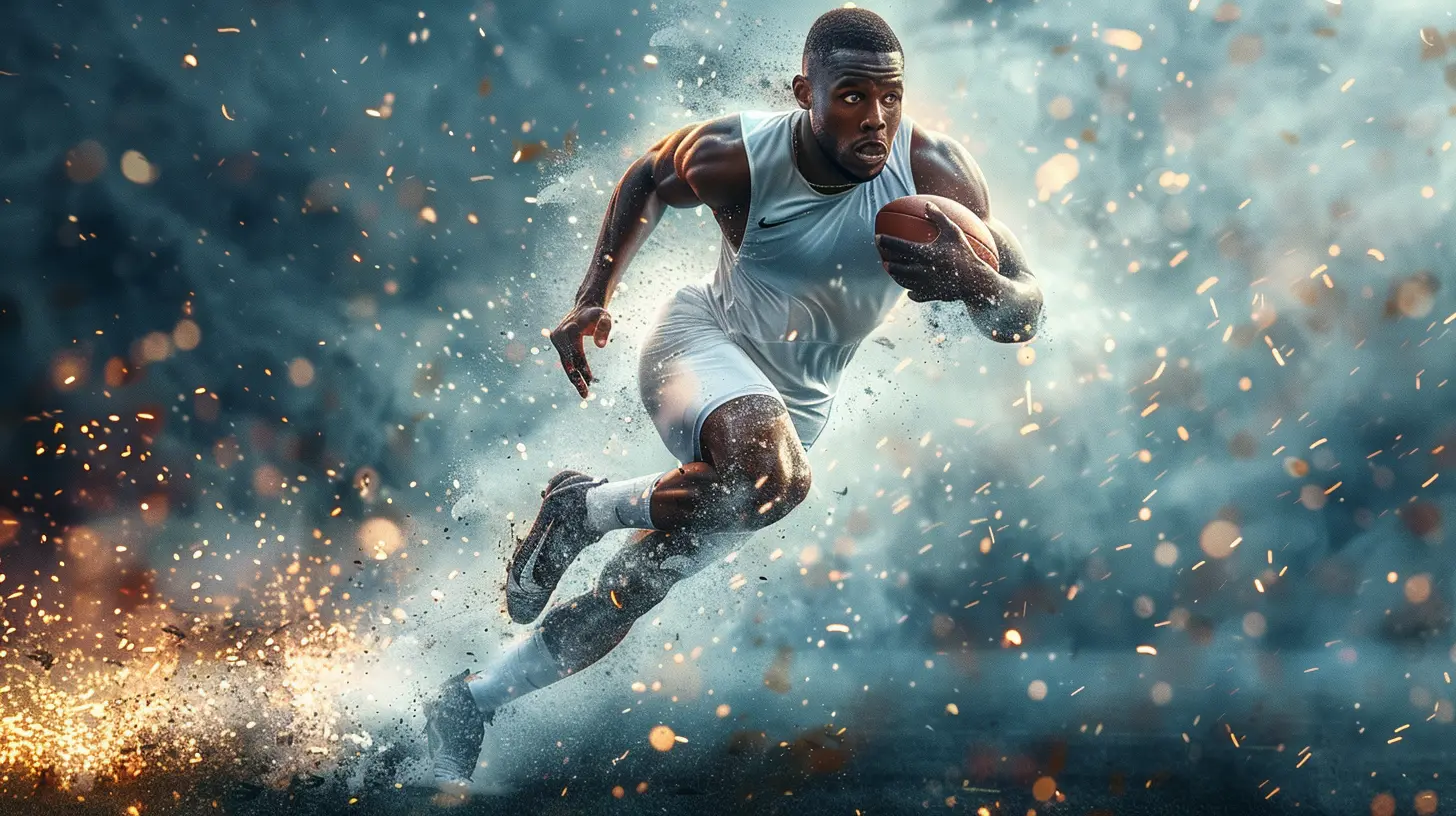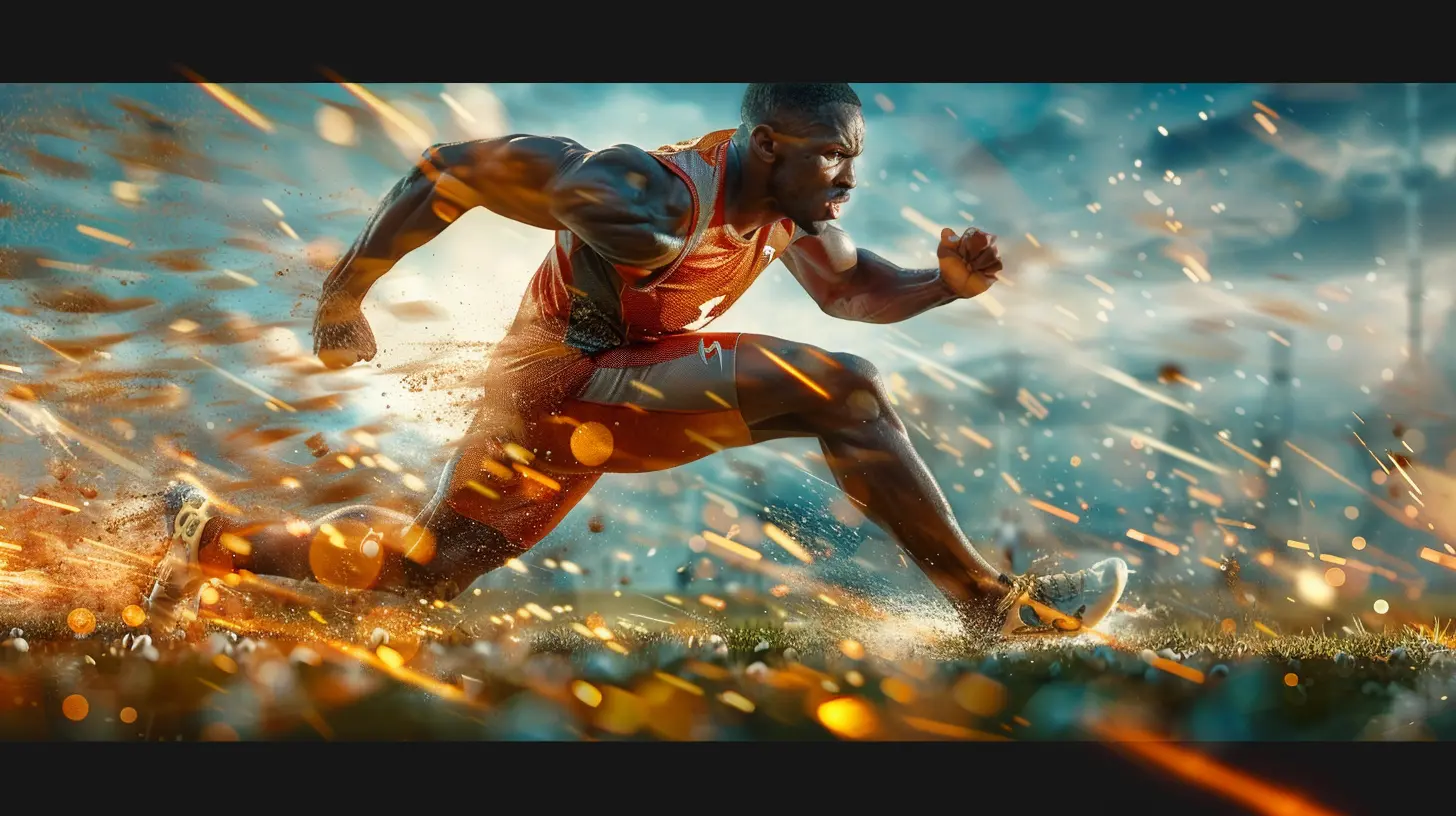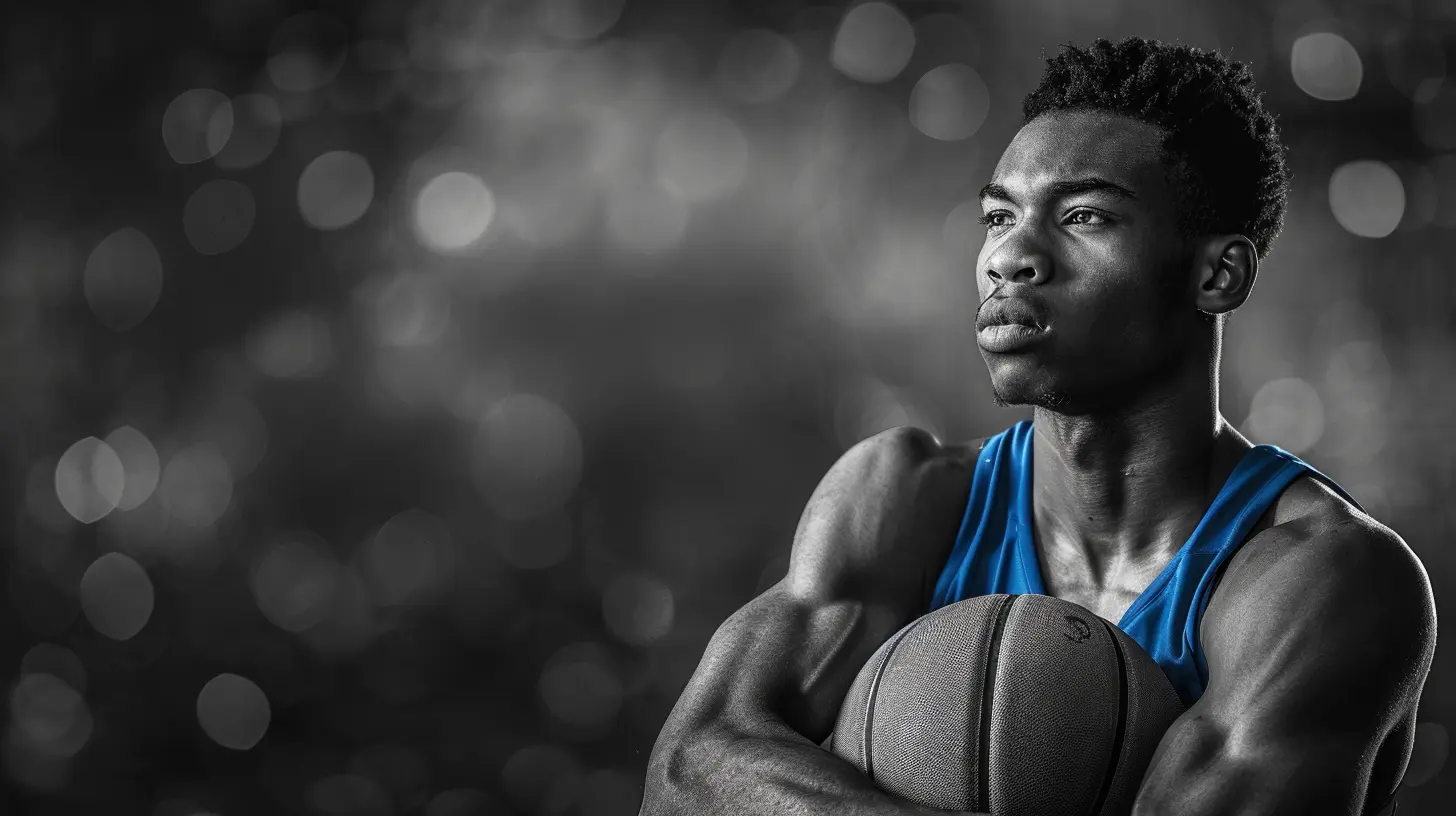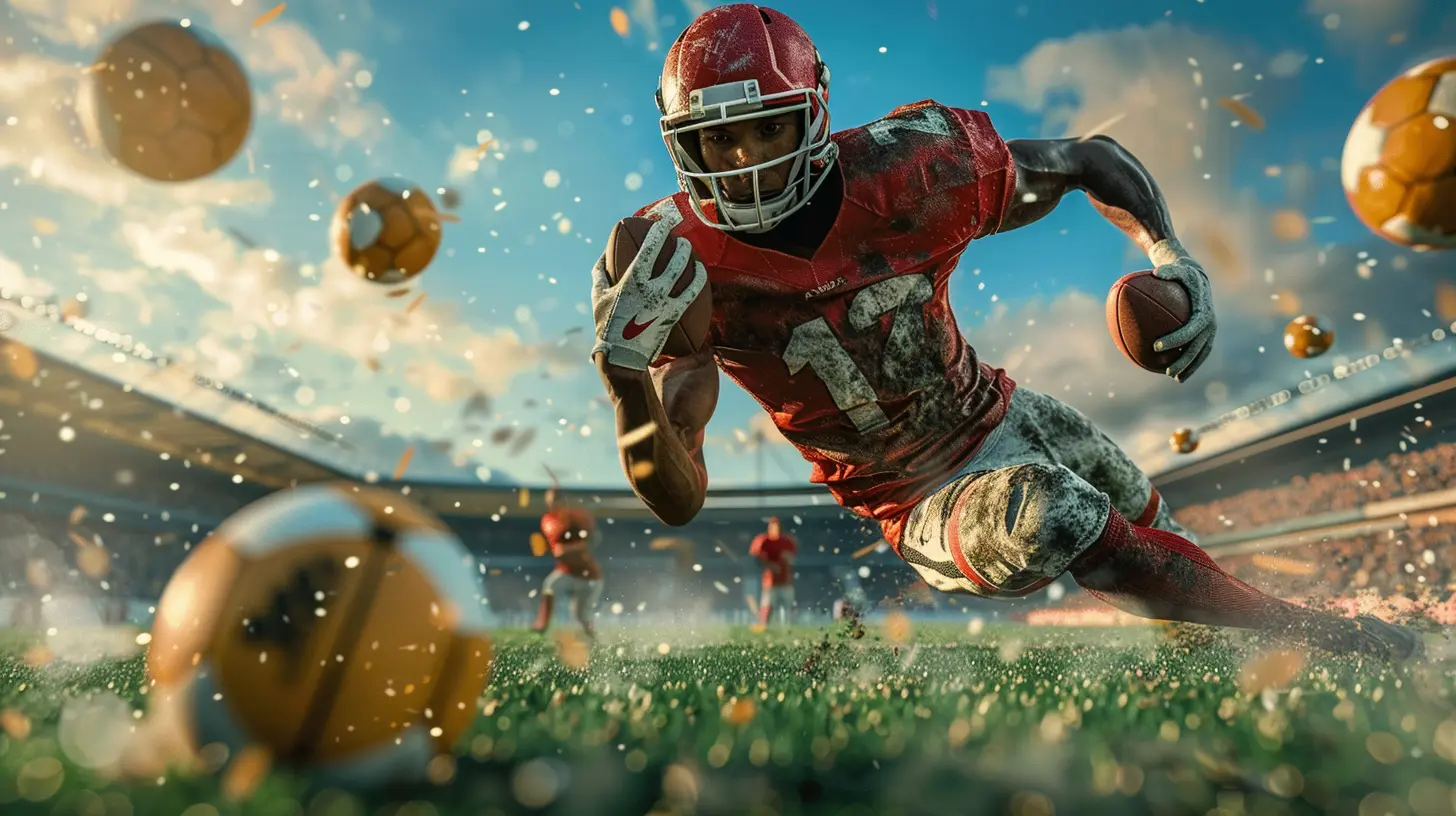How New Rules Are Influencing Athlete Endorsements
25 October 2025
Welcome, sports fans, marketing buffs, and curious internet wanderers! Strap in, because we’re diving headfirst into the wild world of athlete endorsements and, oh boy, how the rulebook just got a glow-up. If you thought athletes just magically appeared in those soda commercials or sneaker billboards, think again. There's a whole tangled web of rules, regulations, and red tape influencing who gets paid to smile with a can of energy drink.
Spoiler alert: some of these rules are more complicated than figuring out the NFL’s catch rule. Yeah, we went there.

From Under-the-Table to Center Stage: A Quick Throwback
Once upon a time, in the not-so-distant past, athlete endorsements were the wild west. You had your big-name pros raking in the cash (hello, Michael Jordan) while college athletes were basically told, “Here’s a scholarship—be grateful.” Get a free sandwich in exchange for a selfie? Nope. Violation! Bad athlete. No soup for you.But then the conversation around fairness, image rights, and let’s not forget—a growing number of lawsuits—sparked something seismic. Enter the era of Name, Image, and Likeness (NIL) rights, a.k.a., the game-changer.

The NIL Rule: NCAA Loosens Its Tie (Finally)
In 2021, the NCAA—yes, the same folks who couldn’t decide on a playoff structure for decades—decided it was time to let student-athletes profit from their own fame. Gasp! Groundbreaking, right?Now, college athletes can ink endorsement deals, score sponsorships, and basically do everything pro athletes have been doing for years without risking their eligibility. Translation? Timmy the Quarterback can finally get paid for wearing that local pizza joint's T-shirt in his Instagram story. About time!

But Wait… There’s a Catch (Because of Course There Is)
Before you start dreaming up your own brand deal with a three-star high school running back, hold your horses. The NIL era didn’t arrive with a perfectly wrapped bow. It came crawling in like a confused intern on their first day. Why? Because each state, school, and even conference has its own variations of the rules.Imagine trying to play Monopoly where each player uses a different rulebook. Susan from Alabama can’t sign with a crypto company, while Mike in Florida is cashing Bitcoin checks like it’s no big deal. Confusing? Extremely. Effective? Debatable.

Brands Are Playing Matchmaker Now
Here's where things get cuter than a romcom ending—brands are practically speed-dating athletes. Except instead of dinner and a movie, it's exclusive contracts and social media shoutouts.Thanks to these new rules, companies are swiping right on athletes left and right. Why shell out millions for a big-league MVP when you can snag a viral college gymnast with 2 million TikTok followers at a fraction of the cost? Genius, right?
And if you're thinking, “But what does this mean for traditional celebrity endorsements?” Oh, it means the rules of the game have changed. Forever.
Athletes Are Now Mini-Entrepreneurs
Gone are the days when athletes just focused on winning games and perfecting their victory dance. Now, they’re also building personal brands, launching YouTube channels, selling merch, and yes—even running businesses.Social media turned the game into a goldmine, and the NIL rules cracked it wide open. Athletes are positioning themselves like influencers, tagging brands in posts, negotiating deals, and building their own little empires before they even hit the pro leagues. Move over, entrepreneurs. There's a new kind of boss in town, and they can dunk.
The Coach's New Job: Social Media Consultant?
Coaches used to worry about game tape and whether their quarterback could throw a spiral. Now? They also need to ensure their players don't get sued for breaching a sponsorship contract or accidentally promoting rival brands.Imagine being a D1 coach and realizing you now also need to give Instagram posting advice. “No, Jake, you can’t promote Boost Energy. We're a Red Bull school. C'mon, man.”
High School Athletes: The Next Frontier
You thought this was just about college and pros? Think again.Some states are now allowing high school athletes to cash in on their NIL rights. Yup, your favorite 17-year-old wide receiver just signed a deal with the local car dealership. And here you were thinking prom photos were their biggest concern.
This move has opened Pandora’s Box—because if high school athletes can earn money, that means recruiters, agents, and yeah, even big brands are tuning in way earlier than ever before.
It's like Little League turned Wall Street. Cute or terrifying? You decide.
The Impact on Female Athletes (Spoiler: It’s Actually Awesome)
Let’s be real for a second. In the traditional endorsement scene, male athletes—especially in football and basketball—were the top dogs. Female athletes? Not so much, unless you were Serena Williams or Simone Biles.Thanks to NIL and social media, the game is leveling (finally). Female athletes are dominating TikTok and Instagram, building massive followings, and scoring big sponsorship deals. Some are even out-earning their male counterparts. Yep, that’s the kind of plot twist we love to see.
These new rules haven’t just opened doors—they’ve kicked them off the hinges.
But What About the “Bad Guys?”
Where there’s money, there’s always someone trying to game the system. We've already seen shady agents, sketchy contracts, and athletes pressured into deals that look good on paper but turn out to be nightmares.Plus, some schools are kinda, sorta, maybe using NIL collectives as loopholes to legally bribe recruits. "We’re not paying you to play football," they say, while handing over a $300,000 endorsement for promoting a local BBQ joint. Uh-huh. Sure.
So, the NCAA's current approach? Pretend they’re doing something while hoping the federal government steps in. Solid strategy.
The Ripple Effect: Pro Sports Are Sweating
Think about it: if high school and college athletes are already millionaires, you really think they’re going to jump at a rookie contract that pays less than their TikTok earnings?Pro leagues are watching this NIL revolution like hawks. It’s forcing them to rethink rookie deals, marketing perks, and even how they scout talent. We might not be too far from a world where the NCAA becomes more appealing than the pros (well, if they ever figure out playoffs, that is).
So… Where Does This End?
Great question. Short answer? Nobody knows.Long answer? We’re in the middle of a wild experiment. One where finance, fame, sports, and social media are all crammed into one stadium. And the rules are still being written. Heck, sometimes it feels like the referees already fell asleep.
But one thing’s for sure: athletes are no longer just athletes. They’re brands, businesses, influencers, and cultural icons. And thanks to these new rules, they have the green light to profit off it all.
So, next time you see that college basketball player promoting protein powder with more energy than a 5-Hour Energy ad—don’t roll your eyes. Tip your hat. Because in today’s game, every post is a paycheck.
Final Thoughts: Is It All for the Better?
Endorsements used to be reserved for the elite, the rich, and the already-famous. Now? We've democratized the hustle. Everyone’s got a shot to snag a brand deal, whether you're dunking at Duke or flipping at Florida State.Sure, the path is messy. There are loopholes, shady deals, and enough red tape to gift-wrap the Rose Bowl. But this revolution? It's giving athletes a shot to cash in on their hard-earned fame. And if that means a few more TikTok dances in our feeds—so be it.
At least now, that quarterback can buy his own dinner.
all images in this post were generated using AI tools
Category:
New RulesAuthor:

Preston Wilkins
Discussion
rate this article
1 comments
Eli Lewis
This article offers a compelling look at how evolving regulations are reshaping the landscape of athlete endorsements. It’s fascinating to see how new rules can enhance transparency and fairness, potentially benefiting both athletes and brands. I’m eager to see how these changes will influence the industry moving forward!
October 26, 2025 at 9:50 PM

Preston Wilkins
Thank you! I'm glad you found the article insightful. It'll be interesting to watch how these evolving regulations shape the future of endorsements.


